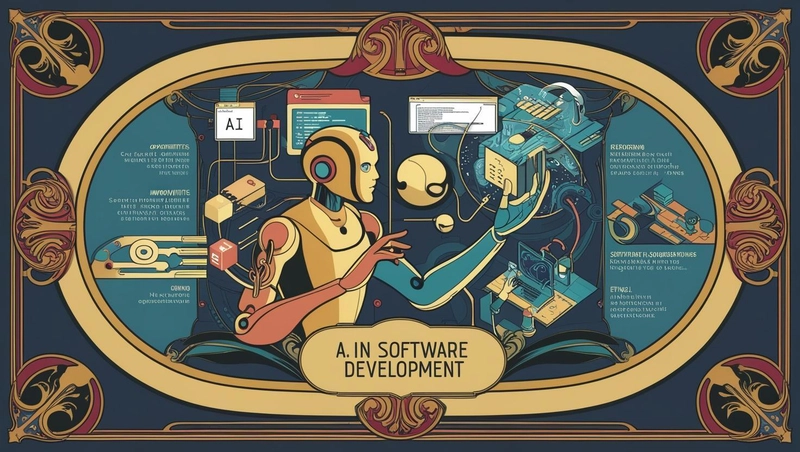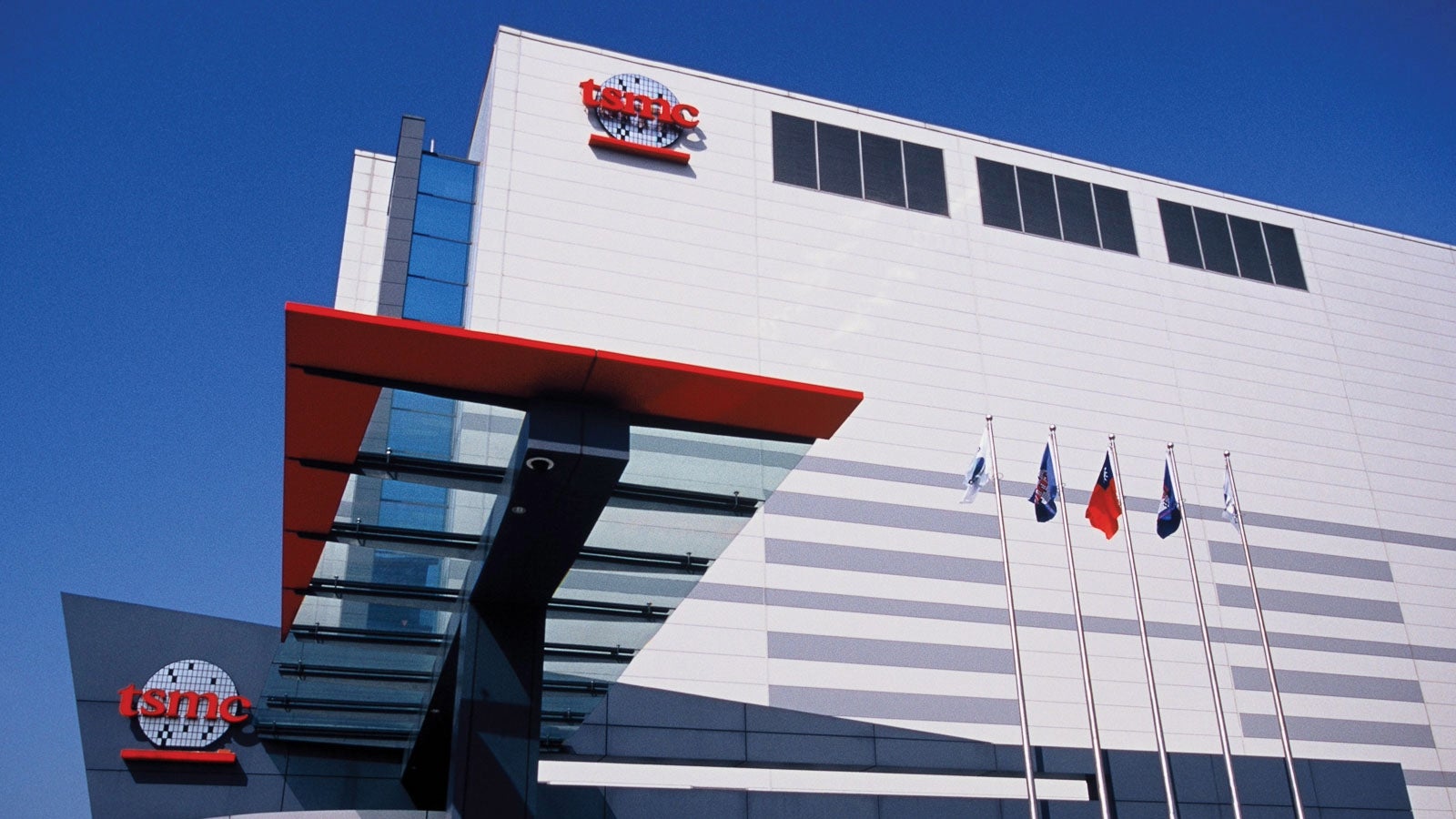How Business Simulations Foster an Agile Business Culture
In today's fast-paced business environment, agility is a key differentiator between organizations that thrive and those that struggle to keep up. An agile business culture emphasizes adaptability, collaboration, and continuous learning, enabling companies to respond effectively to market changes, customer demands, and unforeseen challenges. One of the most effective ways to cultivate such a culture is through business simulations—immersive, experiential learning tools that mimic real-world business scenarios. By incorporating business simulations into corporate training programs, organizations can develop agile mindsets, improve decision-making, and enhance team collaboration—all essential elements of an agile business culture. Let’s explore how business simulations contribute to building and sustaining agility in modern organizations. Understanding Business Agility Business agility refers to an organization’s ability to quickly adapt, innovate, and respond to changes while maintaining high performance. It encompasses three core aspects: Strategic Agility: The ability to anticipate and respond to market changes proactively. Operational Agility: The ability to modify internal processes and workflows efficiently. Cultural Agility: The ability of teams and individuals to embrace change and innovation. Business simulations address all three aspects by providing a safe environment to experiment, fail, learn, and improve—critical components of an agile culture. The Role of Business Simulations in Agile Transformation Encouraging Adaptive Thinking Agility requires employees to think on their feet, quickly analyze new information, and make data-driven decisions. Business simulations create realistic scenarios where participants must react to unexpected challenges, shifts in market conditions, or operational disruptions. For example, a simulation may present a sudden supply chain breakdown, forcing participants to develop alternative strategies on the spot. Through such exercises, employees build the ability to adjust their strategies dynamically rather than sticking to rigid plans. Enhancing Cross-Functional Collaboration Agile businesses thrive on seamless collaboration across departments. However, many organizations struggle with siloed teams and communication barriers. Business simulations replicate real-world interdepartmental dependencies, requiring participants from different functions—marketing, sales, finance, and operations—to work together towards a shared goal. By engaging in such simulations, employees experience firsthand the benefits of cross-functional teamwork, improving their ability to coordinate, communicate, and align objectives effectively in their day-to-day roles. Building a Culture of Experimentation and Learning One of the biggest challenges in fostering an agile business culture is overcoming the fear of failure. Employees often hesitate to take risks or explore innovative solutions due to potential negative consequences. Business simulations eliminate this fear by offering a risk-free environment where mistakes become learning opportunities. Through repeated simulations, participants learn that failure is not an endpoint but a stepping stone to success. This mindset shift encourages continuous experimentation, a fundamental principle of agile organizations. Strengthening Decision-Making Skills In an agile business, employees at all levels must be empowered to make quick and informed decisions. Business simulations help participants practice: • Analyzing complex scenarios under time pressure • Assessing risks and trade-offs • Making strategic choices based on real-time data For instance, a financial decision-making simulation might challenge participants to allocate budgets effectively during a sudden economic downturn. Such exercises develop employees' ability to think critically and act decisively—both crucial for agile success. Driving Customer-Centric Mindsets Agile organizations prioritize customer needs and feedback to drive continuous improvement. Business simulations often incorporate customer-driven decision-making models, requiring participants to anticipate consumer behavior, address complaints, and innovate based on customer insights. By training employees in customer-focused problem-solving, simulations help organizations instill a culture where customer satisfaction and responsiveness become top priorities. Aligning Teams with Organizational Goals For agility to be effective, individual teams must align with overarching business objectives. Business simulations can be customized to reflect company-specific challenges and priorities, ensuring that participants gain relevant, applicable skills. For example, a retail company might use a simulation focused on dynamic pricing strategies, while a tech firm could implement one centered around agile product development. Such customized experiences reinforce company goals and ensure employees are agile in the areas that matter

In today's fast-paced business environment, agility is a key differentiator between organizations that thrive and those that struggle to keep up. An agile business culture emphasizes adaptability, collaboration, and continuous learning, enabling companies to respond effectively to market changes, customer demands, and unforeseen challenges. One of the most effective ways to cultivate such a culture is through business simulations—immersive, experiential learning tools that mimic real-world business scenarios.
By incorporating business simulations into corporate training programs, organizations can develop agile mindsets, improve decision-making, and enhance team collaboration—all essential elements of an agile business culture. Let’s explore how business simulations contribute to building and sustaining agility in modern organizations.
Understanding Business Agility
Business agility refers to an organization’s ability to quickly adapt, innovate, and respond to changes while maintaining high performance. It encompasses three core aspects:
- Strategic Agility: The ability to anticipate and respond to market changes proactively.
- Operational Agility: The ability to modify internal processes and workflows efficiently.
- Cultural Agility: The ability of teams and individuals to embrace change and innovation. Business simulations address all three aspects by providing a safe environment to experiment, fail, learn, and improve—critical components of an agile culture. The Role of Business Simulations in Agile Transformation
- Encouraging Adaptive Thinking Agility requires employees to think on their feet, quickly analyze new information, and make data-driven decisions. Business simulations create realistic scenarios where participants must react to unexpected challenges, shifts in market conditions, or operational disruptions. For example, a simulation may present a sudden supply chain breakdown, forcing participants to develop alternative strategies on the spot. Through such exercises, employees build the ability to adjust their strategies dynamically rather than sticking to rigid plans.
- Enhancing Cross-Functional Collaboration Agile businesses thrive on seamless collaboration across departments. However, many organizations struggle with siloed teams and communication barriers. Business simulations replicate real-world interdepartmental dependencies, requiring participants from different functions—marketing, sales, finance, and operations—to work together towards a shared goal. By engaging in such simulations, employees experience firsthand the benefits of cross-functional teamwork, improving their ability to coordinate, communicate, and align objectives effectively in their day-to-day roles.
- Building a Culture of Experimentation and Learning One of the biggest challenges in fostering an agile business culture is overcoming the fear of failure. Employees often hesitate to take risks or explore innovative solutions due to potential negative consequences. Business simulations eliminate this fear by offering a risk-free environment where mistakes become learning opportunities. Through repeated simulations, participants learn that failure is not an endpoint but a stepping stone to success. This mindset shift encourages continuous experimentation, a fundamental principle of agile organizations.
- Strengthening Decision-Making Skills In an agile business, employees at all levels must be empowered to make quick and informed decisions. Business simulations help participants practice: • Analyzing complex scenarios under time pressure • Assessing risks and trade-offs • Making strategic choices based on real-time data For instance, a financial decision-making simulation might challenge participants to allocate budgets effectively during a sudden economic downturn. Such exercises develop employees' ability to think critically and act decisively—both crucial for agile success.
- Driving Customer-Centric Mindsets Agile organizations prioritize customer needs and feedback to drive continuous improvement. Business simulations often incorporate customer-driven decision-making models, requiring participants to anticipate consumer behavior, address complaints, and innovate based on customer insights. By training employees in customer-focused problem-solving, simulations help organizations instill a culture where customer satisfaction and responsiveness become top priorities.
- Aligning Teams with Organizational Goals For agility to be effective, individual teams must align with overarching business objectives. Business simulations can be customized to reflect company-specific challenges and priorities, ensuring that participants gain relevant, applicable skills. For example, a retail company might use a simulation focused on dynamic pricing strategies, while a tech firm could implement one centered around agile product development. Such customized experiences reinforce company goals and ensure employees are agile in the areas that matter most to the business. Implementing Business Simulations to Build an Agile Culture To maximize the benefits of business simulations, organizations should adopt a structured implementation approach: Step 1: Define Learning Objectives Identify the agility-related competencies your organization wants to develop—whether it's faster decision-making, collaboration, or adaptability. Step 2: Choose the Right Simulation Model Select simulations that align with your industry, challenges, and business goals. Options include market simulation games, leadership simulations, or customer service scenarios. Step 3: Integrate with Existing Training Programs Ensure business simulations complement other learning initiatives, such as coaching, workshops, or e-learning modules, to create a comprehensive agility-focused training ecosystem. Step 4: Provide Real-Time Feedback Agile learning thrives on immediate insights and iterative improvement. Use data analytics, post-simulation debriefs, and peer reviews to help participants reflect and refine their approaches. Step 5: Foster a Continuous Learning Mindset Encourage employees to apply their simulation learnings in real-world scenarios by integrating agile principles into daily workflows. Support ongoing development through refresher simulations and follow-up sessions. Conclusion As organizations navigate an increasingly volatile and competitive landscape, developing an agile business culture is no longer optional—it’s a necessity. Business simulations serve as powerful tools to cultivate adaptive thinking, collaboration, experimentation, and decision-making—all essential elements of agility. By investing in simulation-based training, companies can empower their employees to embrace change, innovate with confidence, and drive sustained business growth. If your organization is looking to enhance agility, business simulations offer a practical, engaging, and results-driven solution. Are you ready to transform your workforce and build a truly agile business culture? Start leveraging business simulations today!










































































































































































![[The AI Show Episode 143]: ChatGPT Revenue Surge, New AGI Timelines, Amazon’s AI Agent, Claude for Education, Model Context Protocol & LLMs Pass the Turing Test](https://www.marketingaiinstitute.com/hubfs/ep%20143%20cover.png)



















































































































































































































































































































































































![Apple Watch to Get visionOS Inspired Refresh, Apple Intelligence Support [Rumor]](https://www.iclarified.com/images/news/96976/96976/96976-640.jpg)
![New Apple Watch Ad Features Real Emergency SOS Rescue [Video]](https://www.iclarified.com/images/news/96973/96973/96973-640.jpg)
![Apple Debuts Official Trailer for 'Murderbot' [Video]](https://www.iclarified.com/images/news/96972/96972/96972-640.jpg)
![Alleged Case for Rumored iPhone 17 Pro Surfaces Online [Image]](https://www.iclarified.com/images/news/96969/96969/96969-640.jpg)





























































































































